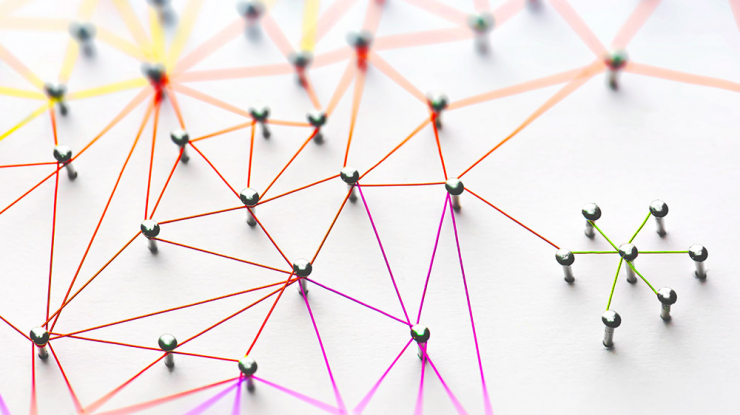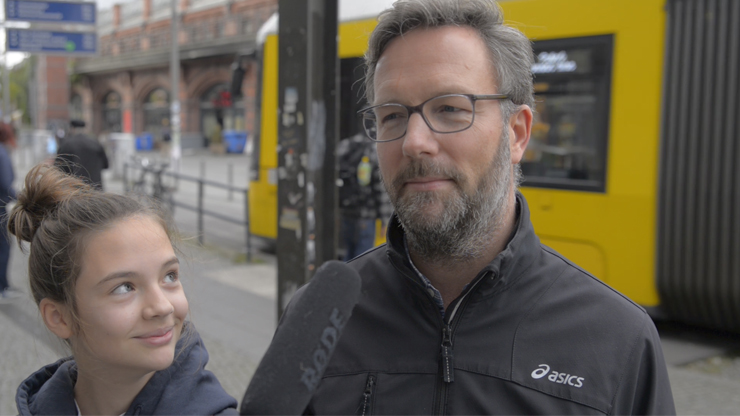
Cyberbullying is the term used to describe an aggressive behavior started by individuals or groups and is directed against another person with the intent to harm others. This can be deliberate harassment, humiliation, insulting, threatening and shaming using digital media. Cyberbullying does not take place once, but repeatedly over a longer period of time.
According to the JIM-Studie 2016, 8 percent of 12- to 19-year-olds already state that they have been attacked in such a way. At nine percent, girls fall victim to these attacks more frequently than boys with seven percent. Cyberbullying is not only dependent on gender, but also on age and school type. According to the JIM study 2016, the frequency increases with increasing age: Four percent of 12- to 13-year-olds and 13 percent of 18- to 19-year-olds are affected. According to other studies, cyberbullying occurs most frequently in the 8th and 9th grade, but then decreases again from the 9th grade onwards. In addition, pupils of secondary schools are particularly hard hit.
In contrast to analogous bullying in the schoolyard, cyberbullying has serious consequences precisely because it is ubiquitous and reaches a large public and unmanageable range within a short period of time. In addition, it can be done anonymously and does not have to have any time or space restrictions. Most children and adolescents do not draw a line between offline and online, so cyberbullying often goes hand in hand with analogous harassment.
Cyberbullying is a highly complex phenomenon, as the different forms of cyberbullying and the media used and perpetrator profiles alone show.
Cyberbullying is most commonly done via instant messenger services such as WhatsApp (78 percent). The second most common crime scene is social networks such as Facebook (53 percent). In contrast to the year 2013, the declining use of social networks and the increased popularity of instant messaging are striking.
– Cyberbullying as a result of victim behavior (45 percent)
– Personal conflicts as a cause of cyberbullying (43 percent)
– Bad mood (12%) or boredom (11%) as justification
– Opportunism/group dynamics as cause
However, 20.4 percent of the bullies are former victims of cyberbullying themselves. The transition from the role of perpetrator and victim is sometimes fluid.
www.juuuport.de
The juuuport scouts are young people who volunteer to help young people with problems in the digital world.
www.buendnis-gegen-cybermobbing.de
The initiative advises on the causes and effects of bullying, violence and aggression on the Internet.
www.nummergegenkummer.de
This association has set itself the goal of establishing a quickly accessible discussion and counselling service in Germany for all children and young people, their parents and other educators. The anonymity of telephone counselling often makes it possible for both children and parents to get help.
The consequences of cyberbullying are often serious for the victims and can range from anxiety and insecurity, psychosomatic complaints, sleeplessness, school avoidance and social withdrawal to depressive moods and suicidal thoughts. Other compensatory strategies are self-injury and the use of alcohol or drugs.
If young people decide to seek help and support from third parties, they usually turn to their parents or close friends (JIM-Studie 2016). Only then do they entrust themselves to teachers.
Cyberbullying is not a trivial offence. Cyberbullying is not a criminal offence in its own right however. Nevertheless, various acts of the perpetrators may be prosecuted.
Accordingly, perpetrators have to reckon with corresponding legal consequences. This may take the form of fines or imprisonment for up to five years.
 In the anonymity of the digital world, it is important to support those affected by hostility.
We need digital moral courage
In the anonymity of the digital world, it is important to support those affected by hostility.
We need digital moral courage
 Standards and values, as we know and live them offline are often ignored on the net.
My responsibility on the net!?
Standards and values, as we know and live them offline are often ignored on the net.
My responsibility on the net!?
News

Deepfakes are difficult to recognize
Technology in the Classroom: Does Education Benefit?
Social media and adolescent health
SCROLLER


